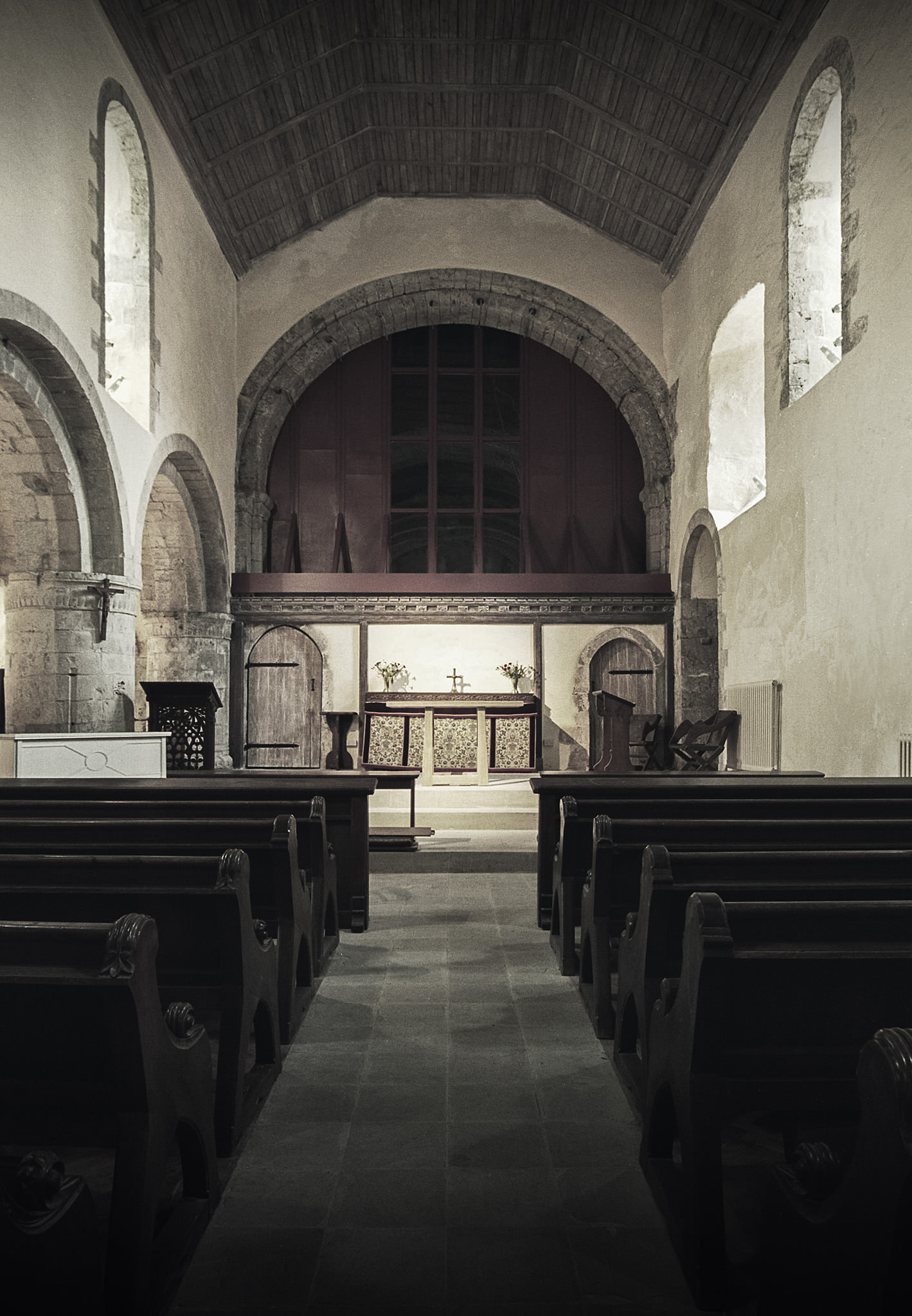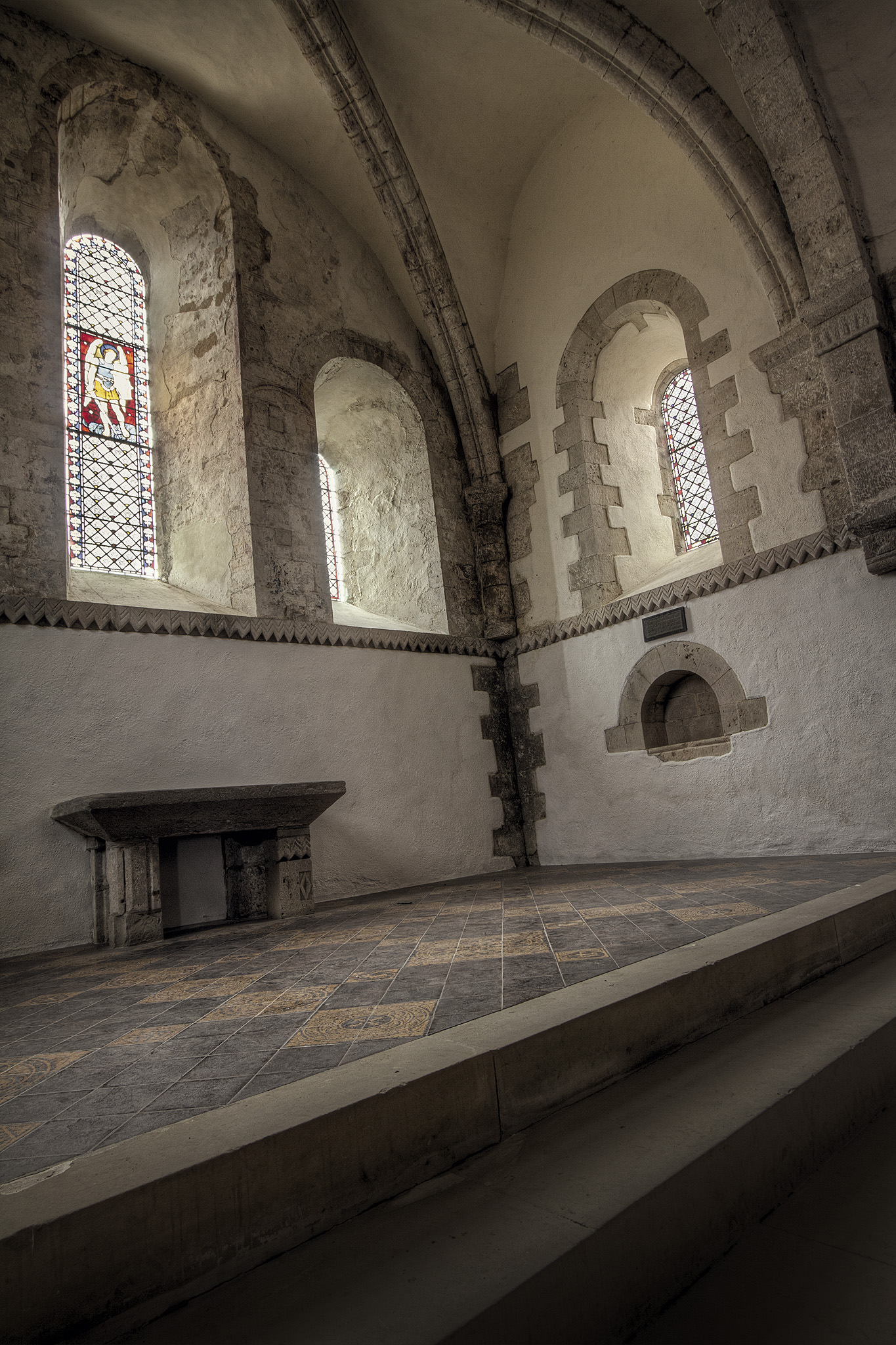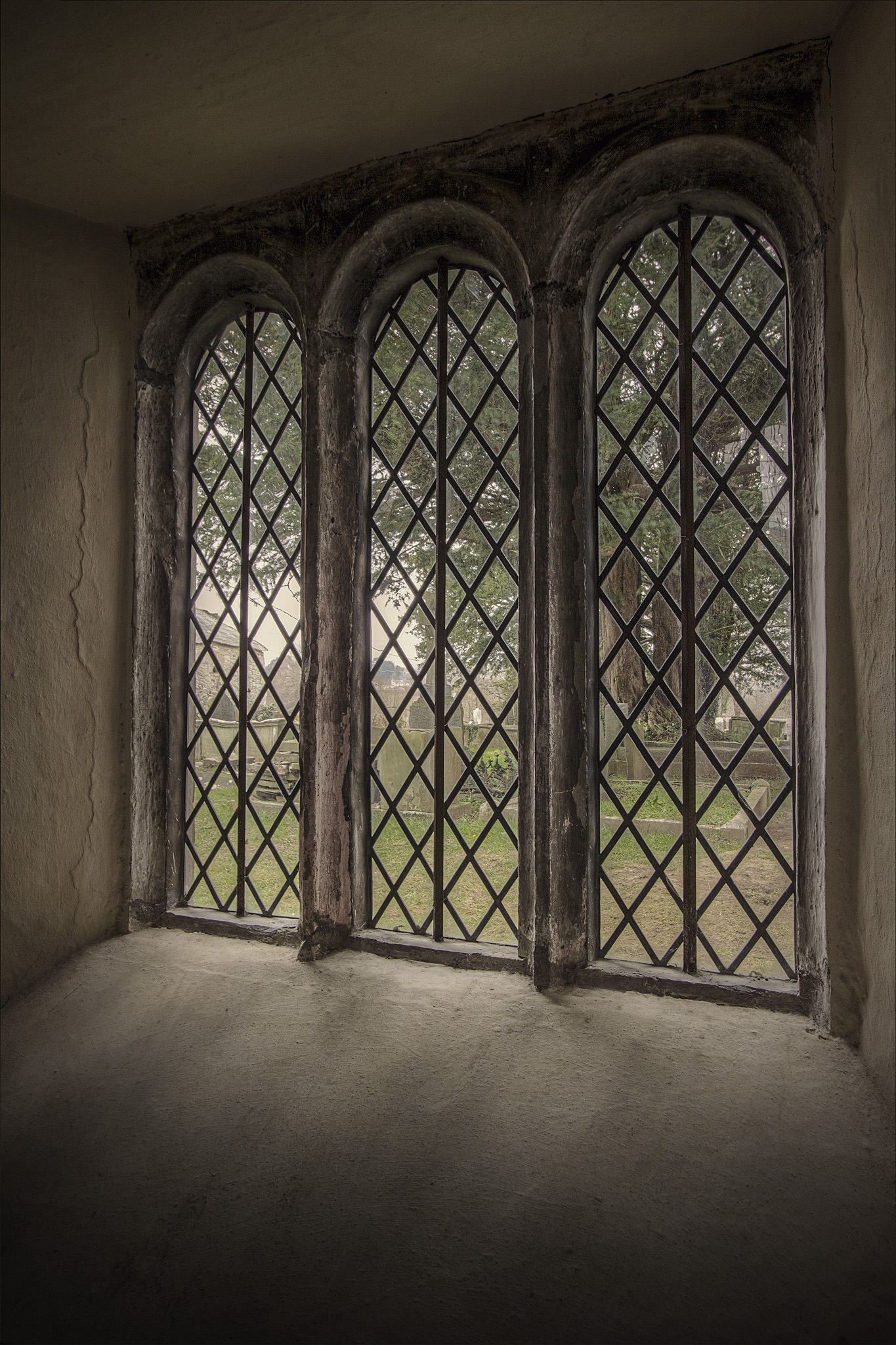Ewenny Church, South Wales

The origins of Ewenny Priory begin in 1093, when King William II granted land in Glamorgan to Robert Fitzhamon. Fitzhamon then divided the land amongst his retainers and secured it with a series of castles. One of the men who were given lands was William de Londres. There exists a document from the mid-12th Century that states that the Abbot of St Peter’s Abbey in Gloucester, speaks of a church that was built at Ewenny by William de Londres and dedicated in the presence of the Bishop of Llandaff.
A charter of King Stephen also lists the church at Ewenny, among the possessions of Gloucester Abbey. The donations listed in the Gloucester Chronicles state that in 1141, ‘Maurice de Londres, son of William, gave to the church of St. Peter at Gloucester, the church of St. Michael at Ewenny, as well as the church of St. Bridget in St Brides Major in Colwinston in order that a convent of monks might be formed. Maurice’s tombstone can still be seen in the church, it states
‘Here lies Maurice de Londres, the Founder, God reward him for his work.’
Now we might be lead to believe by this, that Maurice was a good man and perhaps he was, but he may also have been trying to atone for his sins. During the Welsh attempt to recover their lands, while Stephen was fighting to keep his throne and the Marcher Lords were caught up in English politics, a Welsh Princess named Gwenllian who was wife of Gruffydd ap Rhys, Prince of Deheubarth, was captured and executed on the orders of Maurice de Londres. Gwenllian had raised an army to defend her lands and was routed by the English near Kidwelly. Her son Morgan was also killed and her son Maelgwyn was captured and executed. Gwenllian has been compared to Boadicea (or Boudica) and has become a Welsh heroine. It is said that for centuries after her death, Welshmen cried out Revenge for Gwenllian when engaging the English in battle.
Ewenny Priory was a Benedictine priory, this meant they followed the rule of St. Benedict. Their schedule was set out for them, especially their prayer schedule. They would attend Matins at midnight, Lauds at daybreak, Prime at 6am, Terce at 9am, Sext at mid-day, None at noon, Vespers at 6pm and Compline at 9pm. It is no wonder that some of the cathedrals have the oldest clocks in Britain.
In the middle ages the nave of the priory church provided for the parishioners of the parish and the presbytery and transepts were reserved for the monks. Something similar exists today. The nave is held by the Church of Wales and the presbytery and transepts are in the care of Cadw.
The priory was also Fortified in the 12th Century and extended in the 13th for its own protection. There was a tower, a gatehouse and fortified walls. Edward I visited Ewenny in 1284 during his conquest of Wales. Henry IV also stopped at Ewenny when he made his assault on Coity Castle to reclaim it from Owain Glyndwr.
When the monastery was dissolved in 1536 there were only three monks remaining at Ewenny. Ewenny was then leased to Sir Edward Carne, he later purchased the lands from the crown in 1545. Carne then built a new mansion house on the foundations of the monastic buildings.






